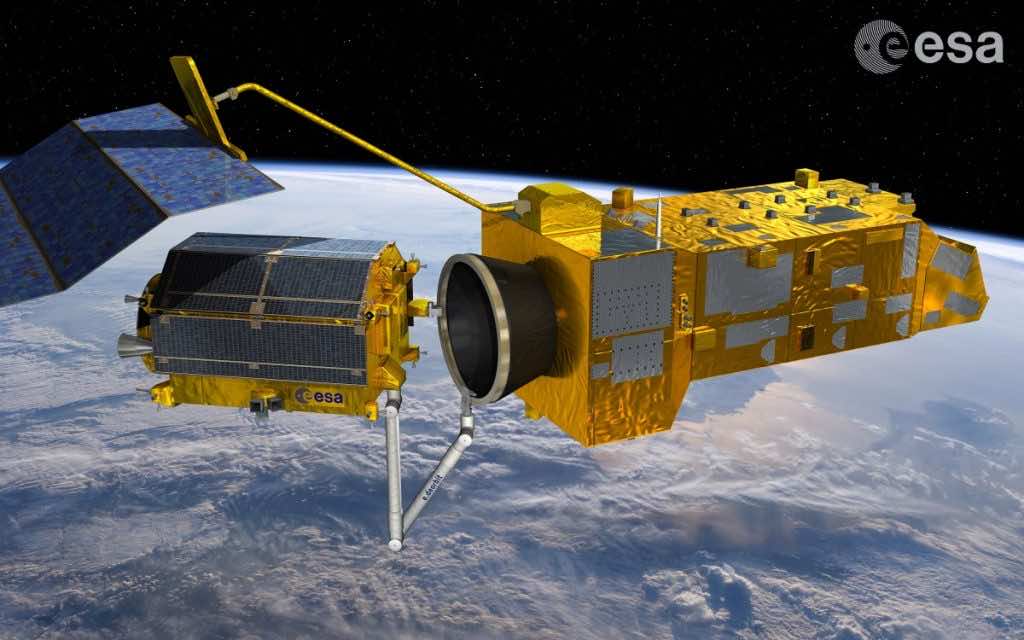The European Space Agency (ESA) has mentioned the number of objects with particular sizes in space – there are 128 million objects with the size of 1 mm to 1 cm, 900,000 objects with the size of 1 cm to 10 cm, and 34,000 objects greater than 10 cm. ESA is now repurposing its proposed e.Deorbit mission, as these objects are in danger of colliding with new space missions causing great damage. e.Deorbit mission was initially devised to take down a worn-out satellite. The new mission would serve as a space servicing vehicle.
The process named “Clean Space Initiative” was first introduced in 2013 to safely deorbit the derelict Envisat Earth-observing satellite in a highly trafficked low-Earth orbit. The refueling, refurbishing, and boosting of satellites in orbit was the main responsibility of e.Deorbit. The satellite had suddenly put a stop to its functioning in 2012 without any notice.
“Today we have the funding to develop relevant technologies but not to actually remove a defunct satellite,” Luisa Innocenti, head of the Clean Space initiative, explained in a statement, Moreover she mentioned, “Instead, we have asked industry to make proposals to remove a defunct ESA object while demonstrating in-orbit servicing – the new path to a potentially very valuable business.”
Because of the nature of working aspects of this new project, ESA refers to it as a “Swiss Army Knife” type of vehicle in space. It is capable of undertaking all kinds of complicated tasks in space. High-value satellites, reaching the end of their lives can be safely refueled by this new device. It can add new equipment to such satellites. IT can also move them to new orbits depending upon the situation.
Active debris removal is the main as well as a crucial and important task for the system. This final capability has the prospective to ensure that our new jumbled space environment could soon be safe again for other new instruments and experimentations in space.

